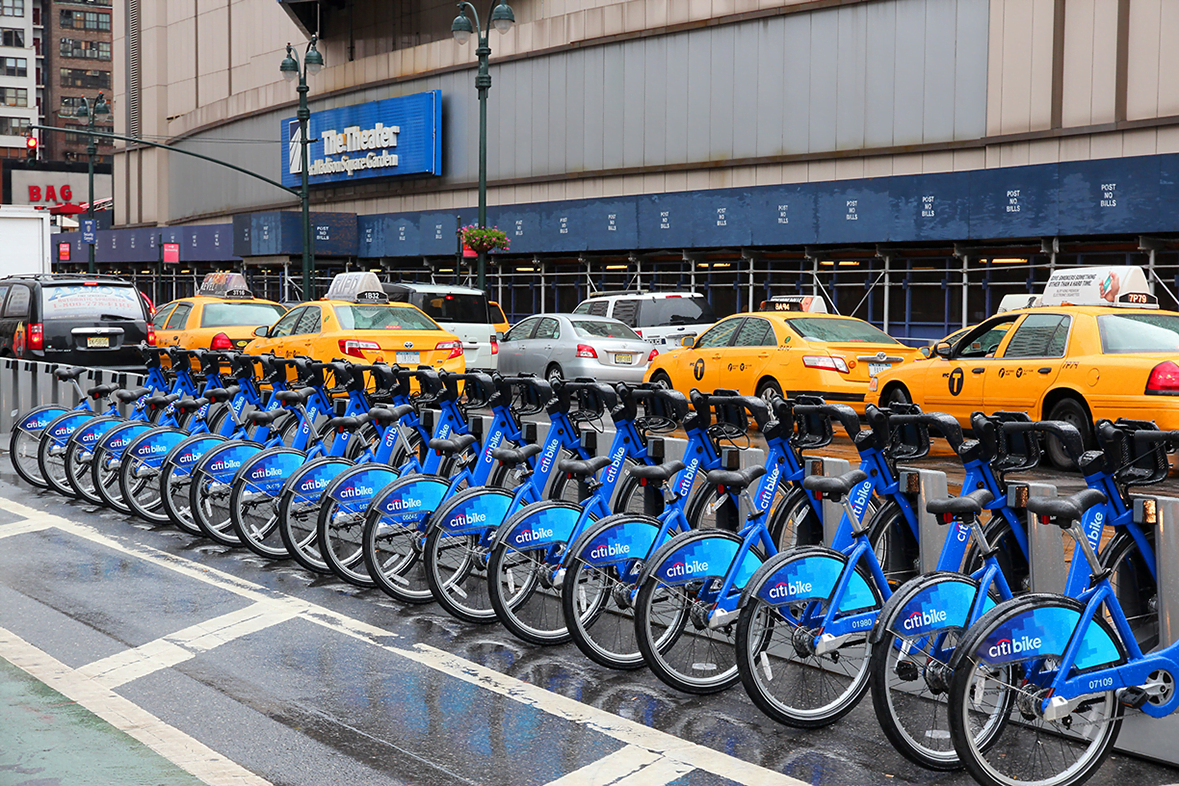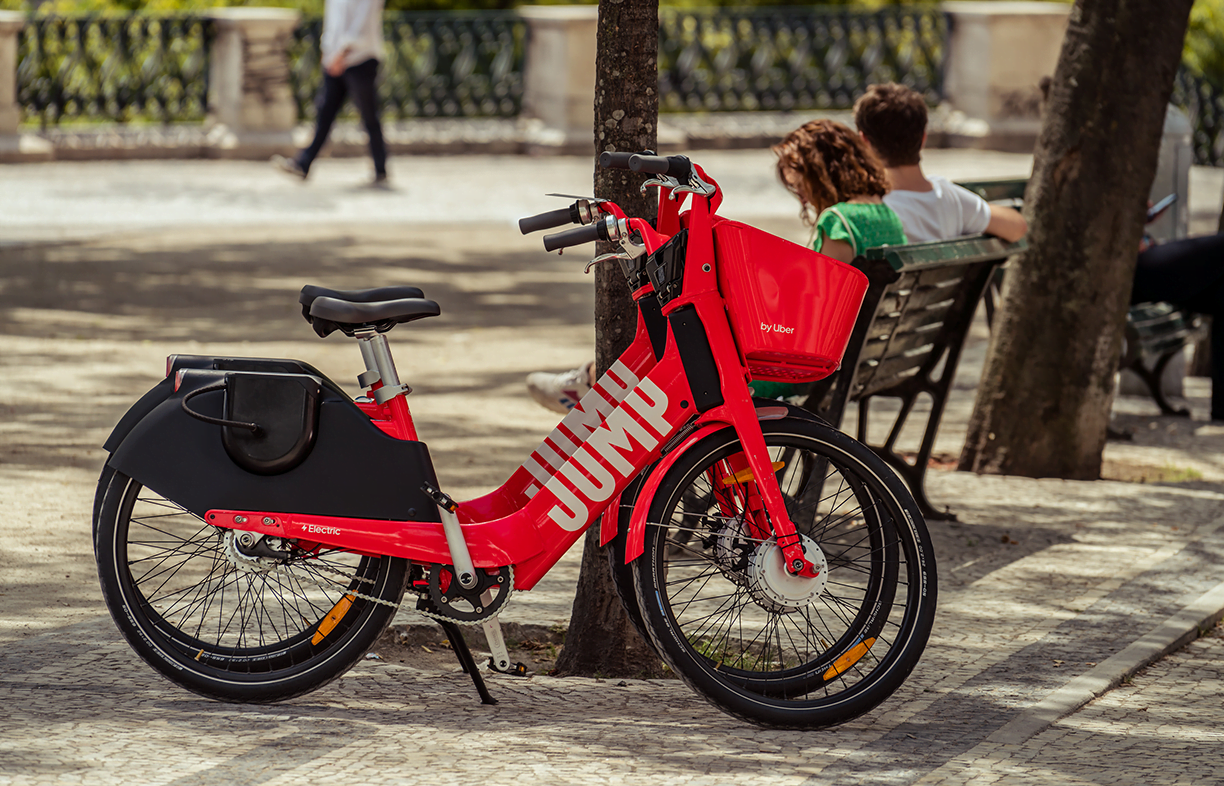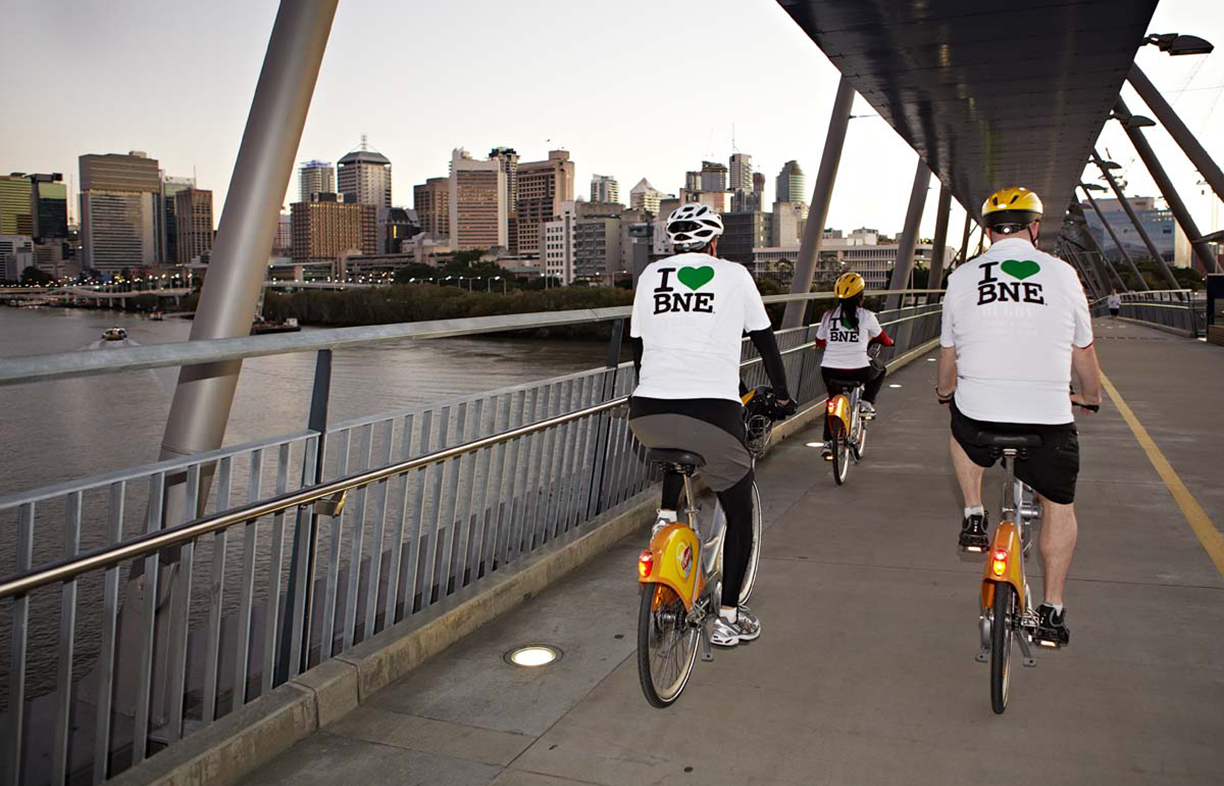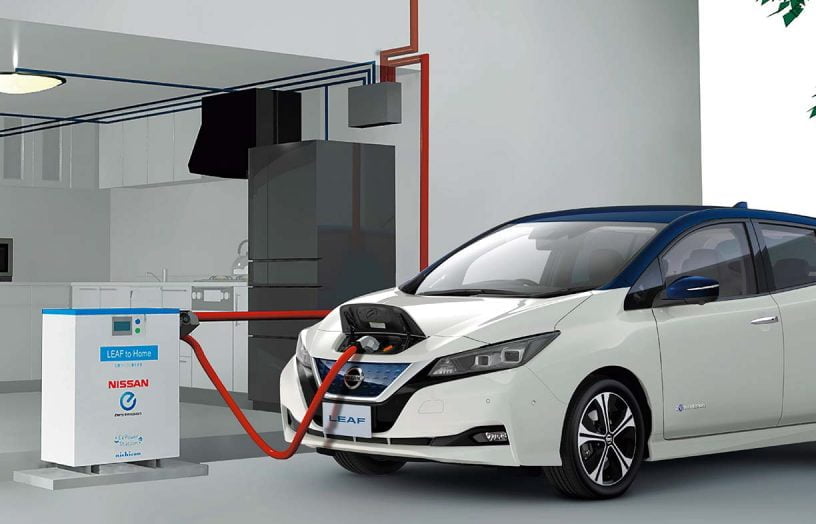On yer bike

Image: tupungato/iStockPhoto
They’re ubitiquous overseas, but in Australia, it seems impossible to make a bike-sharing system work. Nic Huntington asks: why?
The first Australian bike-share program, the Adelaide Free Bikes scheme, launched way back in 2005. However, the current wave of paid bike-hire schemes didn’t really take off until 2010, when Brisbane’s CityCycle and Melbourne’s Bike Share programs were introduced.
Today, none of these programs survive—Adelaide’s pioneering scheme folded in 2019, along with Melbourne’s Bike Share, while 2020 saw the demise of CityCycle. Similar schemes have been huge successes in cities around the world—so why can’t anyone get one to work in Australia?
Bike-sharing: altruism or business?
There are two main types of the bike-sharing systems: docked and dockless. The former is easier for operators to manage—there’s a finite number of places where bikes can (or, at least, should) be—but less convenient for users, who have to return their bike to a docking station. The latter is great—once you’ve found a bike, that is, because the lack of stations can make it hard to know where to look for one. This is the flipside of the fact that you can just ride a bike to your destination and leave it there.
Keeping track of every individual bike can also be a nightmare for operators—a point amply illustrated by the very first bike-sharing scheme, which appeared in Amsterdam circa 1965. The scheme, such as it was, simply involved a bunch of free bicycles being left around the city for anyone to use. Sadly, the idea was too altruistic for its own good—in a denouement that today’s bike-scheme operators in Australia could probably have predicted, most of the bikes ended up in Amsterdam’s canals.
A major recent development has been the combination of e-scooters and dockless bike systems with the introduction of the electronic bike (e-bike). The e-bike offers the ease of riding with an electrical support system when you get tired of pedalling, while the advent of smartphones and app-based hiring systems makes it easier for operators to keep track of their property. The first wave of e-bikes arrived in Australia early last year, following successes in major capital cities across America and Europe.
They arrived just in time for the second major event to affect the bike-sharing economy: COVID-19.
The COVID cycling boom
While the pandemic that gripped the world in 2020 spelled bad news for pretty much everyone, the bike-share industry seemed like it should be a rare exception. The COVID cycling boom has been well-documented, and it’s not just media hype—Google reported significant increases in requests for cycling directions in its Maps application, bike shops reported large increases in sales figures, and people all around the world experienced the joy of whizzing along on a bike instead of sitting in a car.
So you’d think that if there was ever a time for bike-sharing programs to thrive, this would have been it. And so it has proven in many places: more and more cities have seen successful increases in cycling presence on roads through well-established systems. New York, for example, saw one of the most rapid changes to being bike-friendly with 28.6 mi (46 km) of new protected bike lanes installed in the city over the course of 2020. The city has pledged to bring this up to over 80 mi by the end of 2021, and with COVID continuing to turn people away from crowded subways and squished buses, it’s no wonder New York is becoming a global cycling leader.
What is the current environment for bike-sharing in Australia?
Sadly, the same thing can’t be said about Australia, where a huge hesitancy to embrace bike-share systems has persisted despite a biking boom during lockdown. While the average person had their finger primed on the Marketplace app to find a cheap second-hand bike at the peak of the pandemic, shared bike docks across Australia remained unused. This was especially the case in Brisbane, where the touch-heavy system for hiring CityCycle bikes failed to pass the COVID hygiene safety check, ultimately spelling the end for the company.
Bike-sharing has seen many companies laid to rest in Australia: CityCycle was the seventh to perish in 16 years. Whilst Adelaide Free Bikes was a government-funded enterprise, programs such as CityCycle are private enterprises with costs involved for the upkeep of bikes, docks and terminals. (In Brisbane, these associated costs were taken on by JCDecaux in return for an exclusive monopoly contract on inner city bike-share.)
As of February 2021, docked and dockless bike-share schemes continue to operate in Canberra, Adelaide and Perth. Airbike is the current market leader, with dockless operations in Adelaide and Canberra since 2018/19, while Urbi has been left as the country’s only docked bike-share program, with no other mobile transport competitors in Perth. Whether it will survive remains open to question: the system features a much higher price point than other bike-share systems ($40 a month, compared to $5 month for CityCycle). Meanwhile, Airbike operates on a per-minute rate: a $1.50 flagfall, then $0.60 for every ten minutes thereafter.
These systems all aim to eliminate something that proved another reason for CityCycle’s downfall: bulky stations and cumbersome docking procedures. Operating exclusively through app connectivity, in a manner similar to e-scooter providers, Urbi docks are streamlined to minimise user experience woes.
E-bikes and e-scooters have become the new normal for bike-share with Lime, Neuron and Beam all bringing their nerdily-named offerings to most capital cities—they’re in every capital but Canberra, Perth and Brisbane (until later this year). Adelaide is the current testing ground for whether e-bikes and dockless regular bikes can coexist. With e-scooters also prevalent in the city, it’s anyone’s guess whether the free market will serve diverse audiences or leave older offerings in the gutter.
Shared transport is not the new bitcoin just yet, but consumers are prepared to pay. E-bikes such as Neuron set you back $89 per month for an unlimited number of 90-minute rides per day. Otherwise, users can pay an initial fee of $1 before incurring $0.38 a minute, a shared price for both e- bike and e-scooter offerings in the case of most providers.
Despite their difference, bike-sharing services around Australia have been united by one phenomenon: the ongoing competition among users to find the most exotic place to dump their vehicle. There’s no doubt some measure of media sensationalisation around the reported rash of bikes turning up in trees and rivers, but there’s also a real problem here. In an in-depth analysis published on The Conversation in 2018, behavioural psychologist Conor Wynn attributes the phenomenon to a combination of social norms and a lack of injunctive norms. In plainer English, this means that other people are doing it and there’s no-one stopping you doing the same: “Everyone else seems to be doing it and there are only whispers telling us not to, so we should be right to ditch the bike at the end of a good night out.”
Wynn suggested various measures to combat the problem, including increasing the perceived value of the bike by requiring a deposit for hiring it and/or a fine for dumping it. Lime is relying on the implementation of additional GPS tracking in their bikes to stamp out the ubiquitous river throw: riders will now be alerted when they are demonstrating dangerous behaviour, and $15 fines or app bans will follow if this warning is not heeded.

Image: TTStock/iStockPhoto
Where to from here?
Any discussion of gold-standard biking cities usually also involves an accompanying statistic on dollars invested by that city’s government into encouraging cycling with bike lanes and/or other infrastructure. However, in Australia we are seeing a decline in cycling: according to a 2019 report from Austroads only 13.8% of the population are cycling, down from 15.5% in 2017. While COVID-19 saw pop-up bike paths gain traction in Australia as we all returned to exercise, these solutions didn’t all stick around. This lack of interest in investing in options like pop-up lanes points to the biggest hindrance for bike use in Australia: support from local governments.
“Australia [should be] perfect for bike-sharing and bikes,” says Dr Dorina Pojani, Senior Lecturer in Urban Planning at the University of Queensland. “It’s perfect weather here [in Brisbane] most of the year—it may get hot some months of the year, but this is far better for cycling than snow or ice. We have well-maintained cities with a population that is very interested in sports, the beach and being outdoorsy. We have wealthy municipalities with funding available if we really want to fix this issue. Australia would be perfect for cycling—if the political will was there.”
Whether the political will is there, however, remains very much open to question. While it seems that governments across the country are eager to pay lip service to cycling infrastructure, their actual policies can prove to be little more than window-dressing. For example, Brisbane Council’s set goal of over 1700 km of bikeways in the river city by 2031 sounds promising—but it turns out that the majority of projects involve renewing old pathways, along with a 12-month trial of new bikeways at only three major CBD intersections. Across the state, 89 km of new cycleways were introduced between 2017 and 2019. Compare this to the nearly 47 km of new bikeways installed in New York alone in 2020.
There are exceptions: in Victoria, mandatory bike-lane provisions have been pencilled in to policies around road and rail developments, and a promising 12 km of pop-up bike lanes have been made permanent during the pandemic—but these policies are outliers. On the whole, however, even as cycling rates have risen nationally, investment in pathway solutions has failed to keep up.
Without proper support, existing issues with rider/pedestrian safety will continue to plague our cities, while traffic and emissions will only get worse. And there’s no reason that things need to be this way. As Dr Pojani points out, “The way we organise our transport system points to a lot of other issues in our society.”
A future influx of private bike-share companies investing in Australia may lead to new infrastructure, as was the case for Adelaide in 2018. There, a show of interest from Chinese bike-share company Ofo showing interest pushed the government to invest an extra $1 m into developing better bikeways. However, falling cycling rates make it unclear whether similar scenarios are likely to unfold elsewhere—and, in any case, this raises the question of whether we should need to wait for foreign investment to drive development of our bike lanes. This question feels especially relevant because of the fact that it’s the state of (and/or lack of) those bike lanes that is one of the factors holding cycling back in Australia in the first place.
Conclusion
This feels like a pivotal time for Australian transport. With congestion in many cities starting to not only return to pre-pandemic levels, but exceed them, the “new normal” is starting to look an awful lot like the old one.
As more shared transport options compete for road space, infrastructure needs to be made the focus. Without a fundamental change in how governments treat cycling, there is little chance for new e-bikes to change anything.

While its launch in 2010 came with much fanfare and a mass ride over the city’s Goodwill Bridge, Brisbane’s CityCycle scheme has now gone the way of many other similar bike-sharing initiatives in Australia: it was cancelled last year. Image: Brisbane City Council/Flickr
Case study: the death of CityCycle
Some in Brisbane argue that CityCycle suffered an untimely death: it folded just as a post-lockdown increase in cycling was bringing it some overdue success.
However, Jonathan Sri, Greens Councillor for the Gabba Ward in Brisbane, argues that the program was always flawed: “Firstly, the payment and sign-up processes were quite complex. There was also a basic flaw in the design of the bikes: they’re quite heavy and had only three gears, and that meant they weren’t great for Brisbane, which is quite a hilly city. Finally, there were ongoing issues with the deployment of stations, with many in one area and none in others.”
Cr Sri argues that CityCycle represents “a great case study of why public services shouldn’t be outsourced to private companies.” The private company to which he’s referring is French outdoor-advertising company JCDecaux. It’s best known for its bus-stop advertisement panels, but also runs a globe-spanning network of bike-sharing schemes under the umbrella title Cyclocity.
The Cyclocity website is coy about the terms of such arrangments, but they are generally understood to involve the provision of bikes, stations and infrastructure in return for advertising space. (In Brisbane, the company was allowed to place some 200 advertising panels around the city; the fact that these will remain despite CityCycle’s cancellation has proven controversial.)
“That was the biggest problem right there,” says Cr Sri. “There was a contractual arrangement with JCDecaux, where the company would provide the city with CityCycle stations and services in exchange for some money—and a lot of free advertising. As a result, any time you wanted to make changes to the system—replace a payment system, for example, or relocate stations—it was prohibitively expensive because the parent company didn’t want to do anything unless it was profitable for them.”
Helmets: the issue that won’t go away
These problems were specific to CityCycle, but the program was also undermined by issues that will be familiar to operators in other cities. The most prominent is, of course, the vexed issue of helmets. Australian Cycle Alliance president Edward Hore speaks positively of CityCycle, arguing that it will have some lasting benefits: “CityCycle has done wonders for visibility of bikes on roads.”
He also argues that the death of the program showed what is holding back cycling in Australia: “We’re one of two countries in the world that still [has compulsory] helmet laws. That’s an inconvenient truth, [but we have to] to acknowledge it is a problem.”
National all-age mandatory helmet laws have been controversial ever since their introduction in the early 1990s. Cycling dipped 30% to 40% when the laws were introduced, with a drop-off of up to 80% in the school-age demographic. Surveys continue to demonstrate more people would cycle if they didn’t risk a fine—a 2012 survey of Sydney adults, for example, showed that 23% would ride more if helmet laws were abolished.
For bike-share programs, the issue of helmets is a particularly crushing blow. Hore explains the problem for bike-share riders: “The convenience factor means you shouldn’t have to carry around a lot of extra stuff. I’m not going to carry a helmet on my flight to Brisbane for a day, and carry it around with me knowing I will be renting bikes all day and there is a likelihood there won’t be a helmet at some of them.”
Hore’s thoughts touch on another issue with helmet laws—as well as deterring commuters, the necessity of wearing a helmet or risking a fine often proves bewildering to overseas tourists who are unused to such a requirement. This problem is made even worse by the propensity of bike-share helmets to, ahem, disappear: as far back as 2012, the Brisbane Times reported that 70% of CityCycle helmets were going missing.
In a 2016 Institute for Sensible Transport report commissioned by the City of Adelaide, helmet laws were identified as a major barrier to the establishment of large-scale bike-share schemes, both in Adelaide and around the country.
Lessons to be learned
Ever since it appeared in 2010, CityCycle has been the butt of a plethora of jokes due to its gaudy yellow bikes and blue advertising decals. With membership never reaching a level at which you could call the program “adopted”, it’s no surprise Brisbane residents aren’t exactly heartbroken over its disappearance. This includes Cr Sri: “I know a few people quite sad about [CityCycle’s cancellation] because they were frequent users of it for getting to work and around town,” he says. “But overall people are just sad that we don’t have a high-quality public bike-hire scheme—and that CityCycle was [not that]. Often people think, ‘That system would have been so good if only…’. In practice, however, it didn’t live up to its potential and people understand why they are cutting it.”
The collapse of CityCycle’s ridership numbers, and the scheme’s subsequent cancellation, coincided with the arrival of e-scooters in the city—correlation is not causation, of course, but the appeal of an e-scooter in a hot, hilly city like Brisbane is obvious. These e-scooters remain in operation, and will soon be joined by around 2000 e-bikes, due to arrive in mid-2021. The initial one-year contract is still out to tender, with current national leaders Neutron and Lime poised to grab a slice of the action.
The success of local e-scooter schemes demonstrates that there is a market for shared transport schemes in Brisbane—but it’s a case of knowing the city’s idiosyncracies and understanding what its commuters actually want. In this respect, CityCycle is ultimately a cautionary tale, but hopefully one from which other cities can learn.
While the helmet issue won’t be going away soon, some of CityCycle’s troubles have been addressed by the new wave of bike-share programs. E-bikes’ lower physical demands mean that weather conditions will have less impact on consumers’ decision making. Signing up is now as easy as scanning a QR code and accessing information already stored on your phone. Eliminating docking systems ensures that users have the flexibility they desire for transport.
However, with suburbs outside the CBD still struggling to access these options, Hore predicts that user numbers will never reach the high adoption rates we see overseas. “The way to make these systems work is to remember we now live in a post-COVID world. People’s way of living has changed, our mode of transport is less centralised, our needs are now more local than they were. People need to be able to get onto these [bikes] wherever they need them to be and use them however they need to use them.”
Perhaps the greatest barrier to bike-share success, though, is the lack of a cycling culture in Australia. Dr Dorina Pojani, Senior Lecturer in Urban Planning at the University of Queensland, argues that until attitudes change, and better infrastructure is developed, cycling will be a chore: “There needs to be better protection on roads, better training, and understanding that the road is a shared space. If these continue to be lacking in Australia, we can’t expect bike sharing to be a great success simply because the technology [used] to hire one is great.”
— Nic Huntington
Further reading
 Transport & travel
Transport & travel
Biofuel vs battery
John Hermans gives his opinion on the best power source for electric vehicles.
Read more Reuse & recycling
Reuse & recycling
So very, very tyred
Rechargeable lithium batteries are critical for our modern world, but they do have a somewhat variable safety history. Lance Turner looks at the issues and what to do about them.
Read more Electric vehicles
Electric vehicles
The future of EV charging
Are vehicle-to-grid and vehicle-to-home coming soon? And could DC chargers find their way into homes? Bryce Gaton looks at changes that may be just around the corner for electric vehicle charging.
Read more
